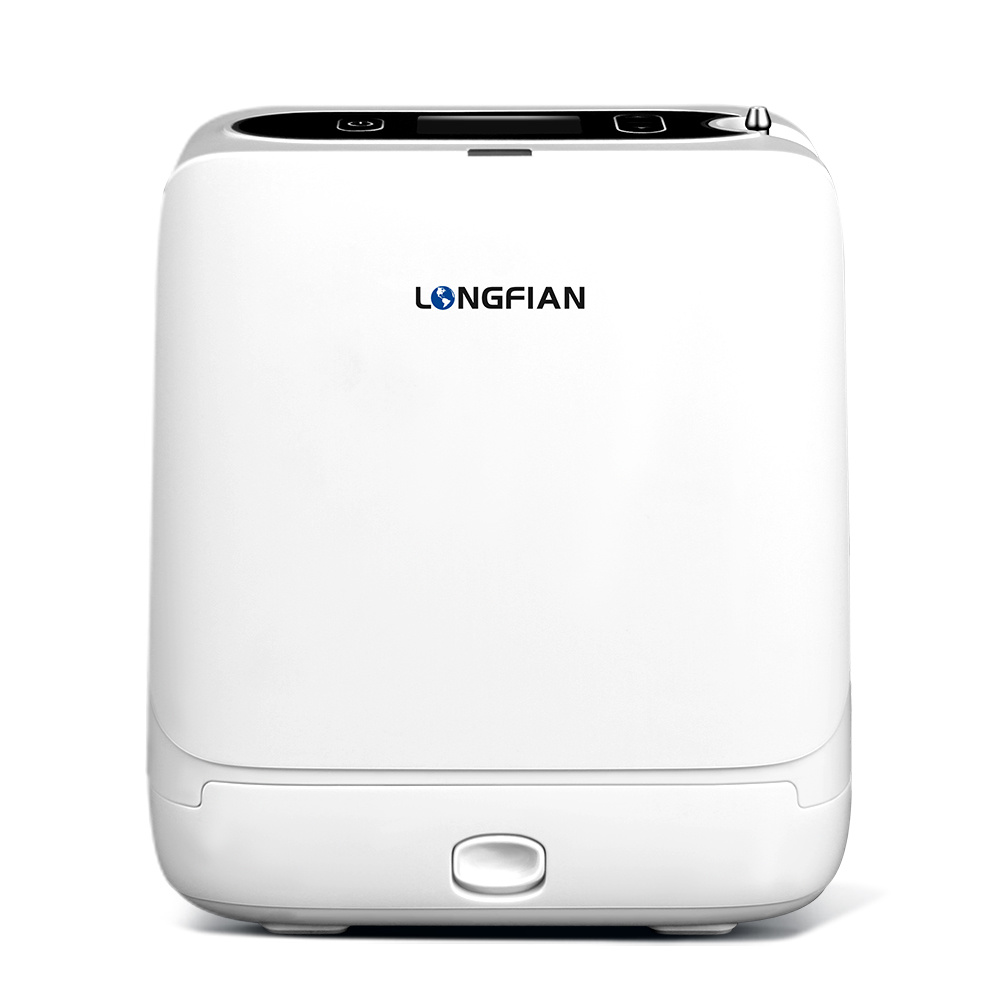The Ultimate Alps Road Trip Guide: 3 Routes, Packing List, Travel Tips & Budget Planning
The Alps stretch across France, Switzerland, Italy, Austria, and Germany, making them one of the most beautiful and diverse road trip destinations in Europe. This all-in-one guide will help you plan an unforgettable road trip through the Alps, covering the best routes, ideal travel times, preparation tips, and budget considerations.
The Alps stretch across France, Switzerland, Italy, Austria, and Germany, making them one of the most beautiful and diverse road trip destinations in Europe. This all-in-one guide will help you plan an unforgettable road trip through the Alps, covering the best routes, ideal travel times, preparation tips, and budget considerations.
Step 1: Choose Your Route & Timing
Best Travel Seasons:
• Summer (June to September): Ideal for hiking and mountain passes, with clear weather and accessible roads.
• Winter (December to March): Great for ski trips, though some mountain passes may be closed.
Here are three classic road trip routes to choose from:
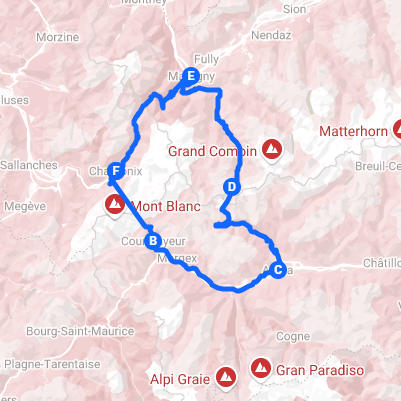
1. Mont Blanc Grand Circle
Total Distance: 200–250 km (125–155 miles)
Recommended Duration: 4–5 days
Countries Covered: France – Italy – Switzerland
Suggested Itinerary (Clockwise or Counterclockwise):
• Chamonix—Located in eastern France near Mont Blanc, famous for skiing and mountaineering.
• Courmayeur—Cross into Italy through the Mont Blanc Tunnel, a picturesque Alpine town.
• Aosta (optional) – A valley city rich in Roman heritage and scenic mountain views.
• Grand-Saint-Bernard Pass – A classic high mountain pass (open in summer), connecting Italy to Switzerland.
• Martigny—A small Swiss town in the southwest, gateway to Lake Geneva.
• Return to Chamonix to complete the loop.
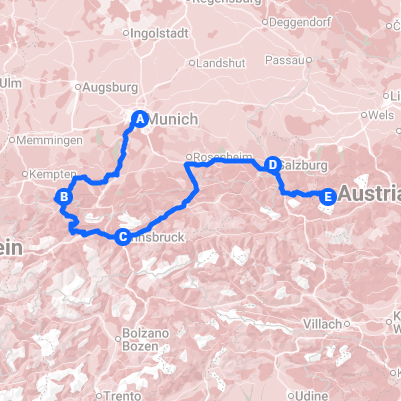
2. Austria–Germany Romantic Route
Total Distance: 400–450 km (250–280 miles)
Recommended Duration: 7–8 days
Countries Covered: Germany—Austria
Suggested Itinerary:
• Munich—Southern Germany’s vibrant capital and the starting point.
• Neuschwanstein Castle—A fairy-tale castle near Füssen, nestled at the foot of the Alps.
• Innsbruck—Cross into Austria; a scenic valley city and former Winter Olympics host.
• Salzburg—Mozart’s birthplace, known for baroque architecture and musical heritage.
• Hallstatt—A UNESCO World Heritage lakeside town in central Austria, famous for its dramatic natural beauty.
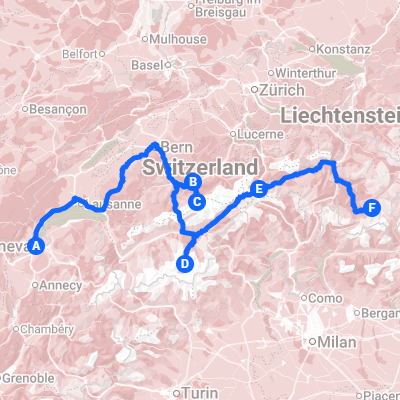
3. Swiss Alps Scenic Loop
Total Distance: 700–850 km (435–530 miles)
(varies depending on optional detours to Jungfrau or Zermatt)
Recommended Duration: 8–10 days
Country Covered: Switzerland
Suggested Itinerary:
• Geneva—Western Switzerland, near the French border.
• Interlaken—Nestled between Lake Thun and Lake Brienz; gateway to the Jungfrau region.
• Jungfrau Region (optional) – Known for panoramic trains, glaciers, and dramatic alpine scenery.
• Zermatt—A car-free town at the foot of the iconic Matterhorn, accessible via cogwheel train.
• Andermatt—A central mountain town that connects several alpine passes.
• Lucerne—A lakeside city famous for its medieval old town, wooden bridge, and alpine backdrop.
• Return to Geneva—Completing a scenic loop through Switzerland.
Step 2: Preparation Tips
1. Car Rental Essentials
A. Driver’s License & Documentation
• A valid national driver’s license is required.
• An International Driving Permit (IDP) is necessary for many countries; allow at least 1–2 weeks for processing and delivery.
• Non-IDP member nationals may need a notarized translation in addition to their domestic license.
B. Vehicle Type & Equipment
• Recommended: automatic transmission, compact SUV, or 4WD for alpine terrain.
• For winter travel, ensure the vehicle has snow tires and chains.
C. Rental Companies & Booking
• Book at least 2–3 months in advance during peak seasons.
• Use reputable international or local agencies such as Europcar, Sixt, Hertz, or Avis.
• Pick-up points near airports or major train stations are more convenient.
• Cross-border travel is common; confirm with the rental company and declare your itinerary.
• Some non-Schengen destinations (e.g., Liechtenstein) may require special insurance coverage.
Recommended Platforms:
• DiscoverCars → https://www.discovercars.com
• Rentalcars → https://www.rentalcars.com
• Auto Europe → https://www.autoeurope.com
D. Insurance Options
• You can purchase insurance through the rental company or separately via platforms like RentalCover or Allianz (cheaper but may require upfront payment and later reimbursement).
• Tolls & Road Vignettes
• Switzerland: Requires a vignette (annual sticker, CHF 40), available at border crossings or gas stations.
• Austria: Digital or physical vignette required for motorways—available online or at service stations.
E. Highway Tolls and Stickers
• Austria: A motorway vignette is required and can be purchased digitally via the official Austrian toll website → ASFINAG.
Certain major tunnels (such as A13 and A10) require additional tolls.
• France & Italy: Most highways and tunnels operate on a pay-by-distance toll system with booths along the way.
2. Essential Gear to Bring
A. Navigation & Driving Tools
• GPS or offline map apps like Google Maps or MAPS.ME
• Paper Maps (as backup for poor signal areas)
Recommended options:
Hallwag Road Map—Grand Tour of Switzerland
Ideal for those driving the Swiss Alpine circuit
Official map tailored to the Swiss “Grand Tour,” includes landmarks, hotels, lakes, viewpoints
Available via Switzerland Tourism, Amazon.ch, or local tourist offices
• Freytag & Berndt Alpine Maps
Recommended Versions:
• WK A1: Alpen Alpen – Alps (1:500,000)
• Alpine Road Map – Grossglockner & Dolomites
Renowned Austrian publisher; precise, detailed maps with scenic roads & passes
Includes a booklet for route planning
Purchase from Freytag & Berndt website, Amazon, or German bookstores (e.g., Buchhaus)
• Car phone mount & USB charger
• Portable oxygen concentrator (especially helpful at high altitudes)
B. Clothing: What to Pack for the Alps
Alpine weather is highly variable—expect strong UV radiation and major temperature swings between day and night.
Essentials:
• Waterproof & windproof outer layer
• Layered clothing system (T-shirt, fleece, down jacket)
• Hiking boots or trekking shoes
• Quick-dry underwear
• Cold-weather accessories (hat, scarf, gloves)
C. Emergency & Health Items
• Basic medications & motion sickness pills
• Sunscreen & polarized sunglasses (a must for snowfields)
• Mini first-aid kit
• Flashlight, spare batteries, power bank
D. Optional Outdoor Gear
• Hiking backpack
• Trekking poles
• Water bottle or thermos
Step 3: Travel Tips & Logistics
1. Driving Tips
• Exercise caution on high-altitude mountain roads; expect steep slopes, hairpin turns, and sudden weather changes
• Speed limits are strictly enforced in alpine areas, with high fines for violations
2.Accommodation
• Peak seasons (summer & winter) require booking at least 2 months in advance
• For mountain lodges or lakeside chalets, book even earlier
• Accommodation options include guesthouses, Airbnb, alpine inns, and campgrounds
• Breakfast is often included in remote lodges, but dinner is usually self-catered
3. Tickets & Mountain Transport
• Consider regional travel passes (e.g., Swiss Travel Pass) for access to trains and cable cars
• Major routes like the Glacier Express, Jungfrau Railway, and Mont Blanc Cable Car should be booked online in advance
• For high-season attractions like the Top of Europe, reserve at least one month early
Top 5 Must-Do Experiences in the Alps
1. Jungfrau Railway to Jungfraujoch (Switzerland)
• Europe’s highest train station overlooking the Aletsch Glacier
• Ice Palace, observation deck, snow activities
• Open year-round; pre-book in summer
• Official site → jungfrau.ch
2. Paragliding in Interlaken (Switzerland)
• Soar from mountaintops with views over Lake Thun & Lake Brienz
• Beginner-friendly with instructors
• Best time: April–October
• Book via GetYourGuide or Viator → search “Paragliding Interlaken.
3. Mont Blanc Cable Car (France—Chamonix to Aiguille du Midi)
• Cable car from Chamonix to Aiguille du Midi (3,842 m)
• “Step into the Void” glass platform over a sheer drop
• Year-round access; clearest views on sunny days
• Official site → chamonix.com
4. Glacier Express Scenic Train (Switzerland)
• Route: St. Moritz ↔ Zermatt, ~8 hours
• World’s slowest express train: crosses 291 bridges & 91 tunnels
• Panoramic windows and meal service available
• Official site → glacierexpress.ch
5. Cheese Fondue & Alpine Farm Experience
• Sample traditional Swiss fondue & visit alpine dairies
• Watch cheese-making, feed cows, take scenic trains
• Best locations: Lucerne, Grindelwald, Stans
• Book via Airbnb Experience or GetYourGuide → search “Cheese Farm Alps.”
Why You May Need a Portable Oxygen Concentrator in the Alps
While driving through the Alps, you’ll often ascend to over 2,000 meters (6,500 ft)—especially at high passes like Stelvio or Col de l’Iseran. At these altitudes, oxygen levels drop, and some travelers—especially children, seniors, or those with respiratory conditions—may experience symptoms like fatigue or dizziness.
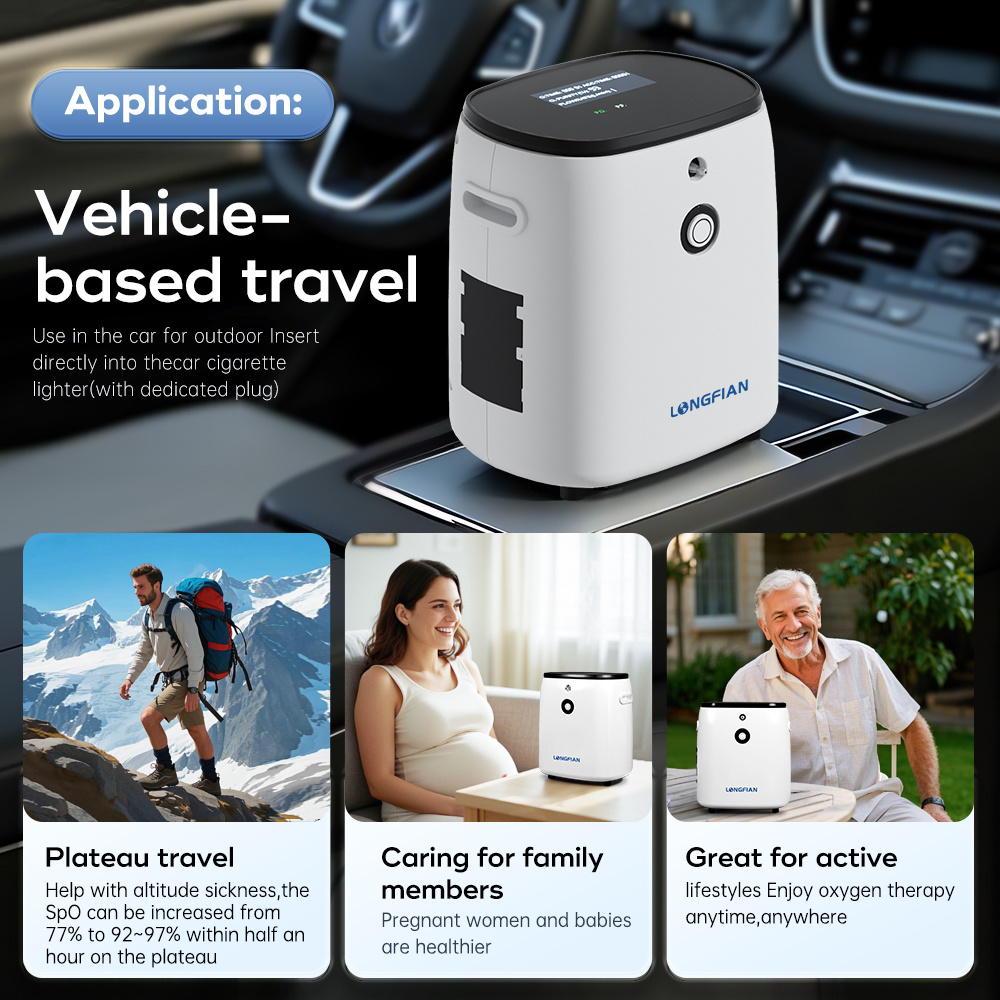
Ensures comfort and safety by providing supplemental oxygen, especially during long drives or overnight stays in high-altitude villages. At high-altitude routes like the Stelvio Pass or Col de l’Iseran, oxygen levels in the air can drop significantly.
While most healthy adults may only feel mild discomfort, those with respiratory conditions, older travelers, or children may experience altitude-related symptoms such as shortness of breath, fatigue, or dizziness.
A portable oxygen concentrator (POC) provides a steady supply of oxygen during your drive, helping passengers stay comfortable and safe on steep, winding mountain roads. For high-elevation routes or overnight stays in alpine villages, it offers extra peace of mind—especially when traveling with vulnerable companions. It’s a smart piece of equipment to consider bringing along.
Related news
2025-04-02

